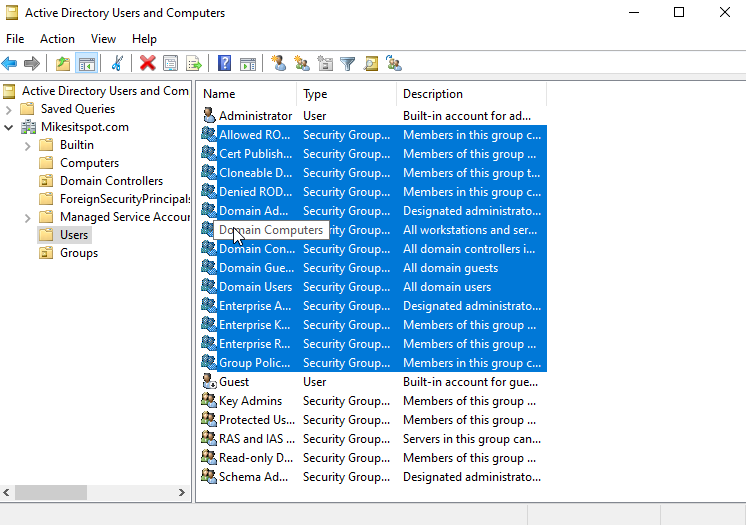Guardian of the Network: Monitoring Network Activity for Enhanced Security
In an age of digital interconnectedness, monitoring network activity is the linchpin of a robust security strategy. This blog post will delve into the critical task of monitoring network activity, offering insights into best practices and things to watch for to protect your digital realm.
**Why Monitor Network Activity?**
Effective network activity monitoring is essential because it enables organizations to:
- Detect and respond to security threats in real-time.
- Identify and mitigate vulnerabilities and weaknesses.
- Ensure compliance with data protection regulations.
- Safeguard sensitive data and maintain data integrity.
**Best Practices for Monitoring Network Activity**
1. **Comprehensive Log Collection:**
- Collect logs from all network devices, including firewalls, routers, switches, and servers, to create a complete picture of network activity.
2. **Baseline Analysis:**
- Establish a baseline of "normal" network behavior, which allows for the rapid detection of anomalies.
3. **Real-time Monitoring:**
- Implement real-time monitoring to detect and respond to security incidents as they happen.
4. **Anomaly Detection:**
- Utilize advanced anomaly detection techniques to identify unusual patterns or behaviors indicative of potential threats.
5. **User and Entity Behavior Analysis (UEBA):**
- Implement UEBA solutions to monitor user and entity activities, identifying suspicious actions that may indicate a security breach.
6. **Continuous Vulnerability Scanning:**
- Regularly scan the network for vulnerabilities and weaknesses, and promptly address any findings.
7. **Alerting and Reporting:**
- Configure alerts for specific events or thresholds and generate reports to keep all stakeholders informed.
8. **Access Control Monitoring:**
- Monitor user access and privilege changes, focusing on unusual access requests or modifications.
9. **Malware and Intrusion Detection:**
- Deploy intrusion detection and prevention systems (IDPS) to identify and respond to threats from malware and unauthorized intrusions.
10. **Traffic Analysis:**
- Analyze network traffic to identify patterns that could indicate malicious activities or signs of a breach.
11. **Authentication Auditing:**
- Audit and monitor authentication and login events to detect unauthorized access.
12. **Data Encryption:**
- Ensure that sensitive data is encrypted both in transit and at rest to protect it from unauthorized access.
**Indicators to Watch For**
1. **Unusual Traffic Patterns:**
- Large data transfers during non-business hours or to unusual locations.
2. **Multiple Failed Login Attempts:**
- Frequent failed login attempts may indicate a brute force attack.
3. **Suspicious Account Activity:**
- Irregular changes in user privileges or unusual access patterns.
4. **Outbound Connections to Known Malicious IP Addresses:**
- Monitor for connections to blacklisted or suspicious IP addresses.
5. **Excessive Data Uploads:**
- Abnormal data uploads from within the network could signal data exfiltration.
**Conclusion**
Monitoring network activity is the linchpin of a strong security posture. By implementing these best practices and staying vigilant for potential indicators of threats, you can effectively safeguard your organization's digital assets. In an era where network security is paramount, let network activity monitoring be your shield against cyber threats. Protect your digital realm, and fortify your security today. Your organization's future depends on it.

Comments
Post a Comment